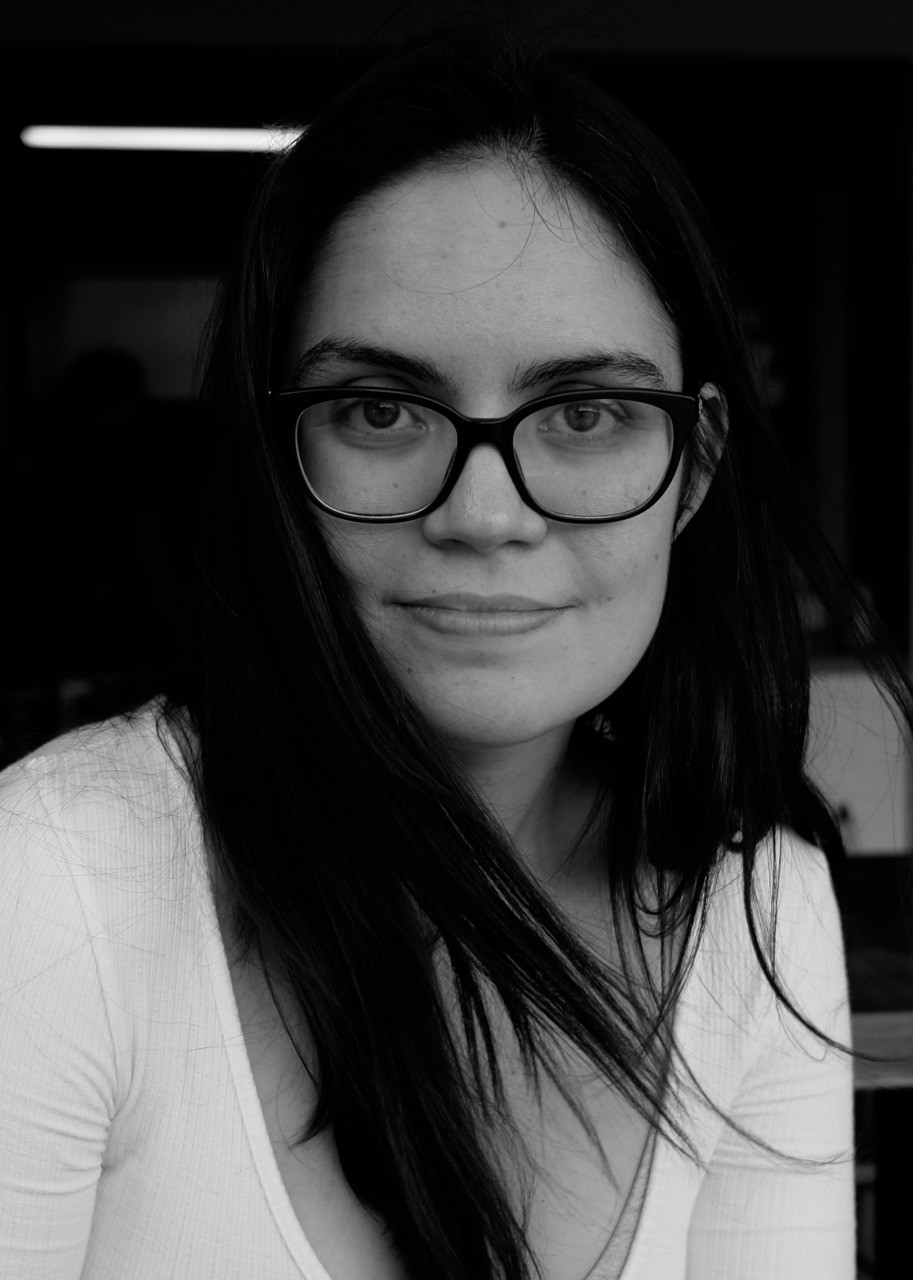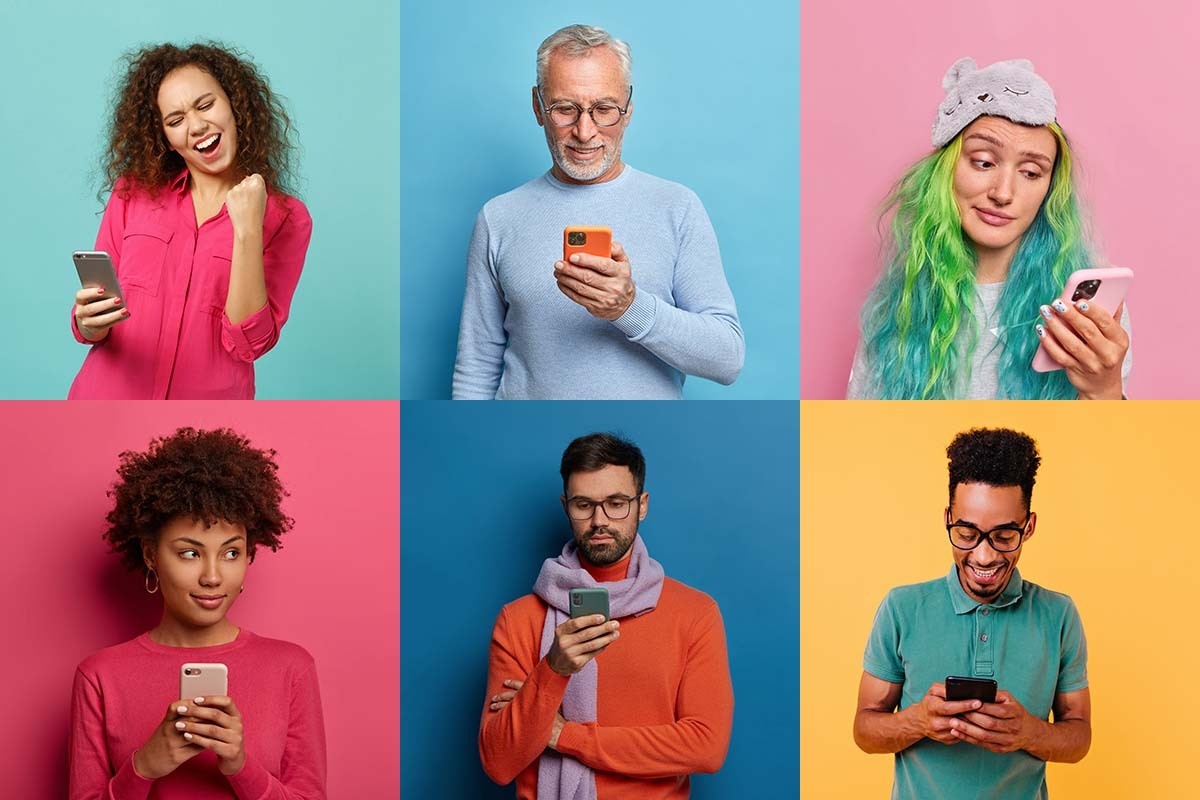Listen to the article
TD;LR: Does the popularity of dating apps outshine their level of success in the world of dating? This dating app blog post focuses on the ELO and Gale-Shapely algorithms as much as collaborative filtering as it contrasts dating apps that function by swiping and those that do so through user questionnaires. With the first, the ELO, high raters within dating platforms have higher chances of matching someone of a similar score. The Gale-Shapely algorithm focuses on stable matching as preferred partners allow rejected ones to select their next best candidate. And collaborative filtering depends not only on the main user’s behavior but also on the behaviors of others.
Ah, dating life. The idea of meeting someone new and embarking on a romantic relationship is an anxiety-inducing ideal. There’s no magic formula. That’s why each successful romantic story is unique. Dating a person you’re comfortable with is a combination of dozens of different factors, and chance is one of them.
Dating apps enable you to control elements that, in the real world, may affect your possibilities of finding a match…sort of. Pew Research Center actually tells us most Americans consider dating apps a good way of meeting new people. Whether they’re completing a personality test or swiping, a dating platform allows users to talk to people they wouldn’t frequent in their social circles.
Trusting our romantic life to an algorithm can cause a bit of hesitation, however, especially when we aren’t aware of how they work. In this post, we’re taking a deep dive into some of the most frequently used algorithms in dating applications.
They like me, they like me not
Let’s divide dating apps into two groups. The first one relies on swiping images of people you see on the platform. You may be familiar with such a scheme: Bumble, Tinder, Thursday all use it. In the second group, you’ll find applications such as OkCupid or Hinge. Those use personality quizzes to evaluate compatibility.
One of the most used algorithms in dating apps is the ELO rating system, which was originally used to rank chess players. An ELO rating system doesn’t measure a player’s absolute strength. It focuses on calculating the probable income of a person’s games against other players. Just as a person with a high ELO score has more possibilities of winning against other players, people with high ratings within a dating platform have higher chances of generating a match with someone of a similar score.
The most notorious user of the ELO rating system is Tinder, though the company denies using such a system since 2019. Instead, they have opted for a new, unnamed algorithm that predicts user behavior without having to rank them. Bumble uses a very similar process, yet incorporates other features that don’t rely so heavily on physical appearance.
The Gale-Shapely algorithm is another popular option for platforms such as Hinge. Created in the 1960s, economists Lloyd Shapely and David Gale created a matchmaking system where ten men and women could be matched such that no one would see any benefit in breaking up. The solution to this was to let one group to choose their preferred partner and allow the ones rejected by the first choice to select their next best one.
Even though Gale and Shapely designed their algorithm for trading, it’s highly effective on dating platforms because the process always leads to stable matching.
Calculating the perfect match
Let’s go to personality quizzes for a second. In an OkCupid blog post, the company explains that their match percentage is based on what you’re looking for versus that for which they’re looking. The more criteria you have in common with the other person, the higher your match percentage will be. Users can check how their match answered specific questions, and thus determine if such differences may constitute deal breakers.
Dr. Samantha Joel, an assistant professor at Western University in London, Canada, evaluated the long-term effectiveness of questionnaire-based matches. All dating apps keep their algorithms private. So, like a chef who would never reveal their secret recipe, Joel created her own set of questions. Participants in her study completed over 100 traits and preferences and then proceeded to participate in a series of four-minute speed dating sessions.
Her results were a bit of a head-scratcher. Joel’s algorithm could predict desire, but not compatibility. She couldn’t provide a tailored response for every dater. It was easier to give users the mean results for the entire group. However, if you’re looking for your perfect match, having mean results just won’t work. According to Joel’s research, forming a shared dynamic is more than the sum of the elements each individual has in common. It’s very difficult to determine if you’ll like the person just by looking at the results of a questionnaire.
Hidden algorithms and clear biases
Experts assume most dating apps also rely on collaborative filtering, albeit this is difficult to determine because no company’s willing to state what they use. Collaborative filtering works with similarities between users and items simultaneously. This is similar to how Spotify or Netflix operate. Your recommendations depend not only on your behavior, but also on the behaviors of others.
One of the main issues behind collaborative filtering is that it allows racial, physical, and other types of biases to occur. Let’s say you swiped right on the same three people your match did. When this happens, the platform will most likely recommend all the people on which your match previously swiped.
Experts have often noted that recommendation systems using neural networks or similar machine learning models create an echo chamber of tastes. When it comes to music, you’re doomed to listen to the same genres over and over. But when it comes to people, you’ll never be exposed to different groups. According to a Re-Wire article, “this inevitably leads to discrimination against minorities and marginalized groups, reproducing a pattern of human bias which only serves to deepen pre-existing divisions in the dating world.”
What dating app algorithms say about the world
In 2018, game designer Ben Berman created Monster Match, a game he hoped would prove how having little success in a dating app isn’t a person’s fault. Each player created a cartoon monster and began swiping on other monsters. The more you swiped left, the fewer options you had to match on monsters you liked.
Monster Match revealed that the way most dating apps narrow options are incompatible with the serendipity in human attraction. People create relationships in different ways and the bond isn’t clear until they’re in front of each other. Such unpredictability can’t be mimicked by statistics.
Algorithms are models based on logical patterns that work exclusively with the information they have. Creating a dating app that’s truly reflective of the human experience requires a different working model; one that takes into account diversity, evolving tastes, and, why not? Serendipity.
Was this article insightful? Then, don’t forget to look at other blog posts and follow us on LinkedIn, Twitter, Facebook, and Instagram.








